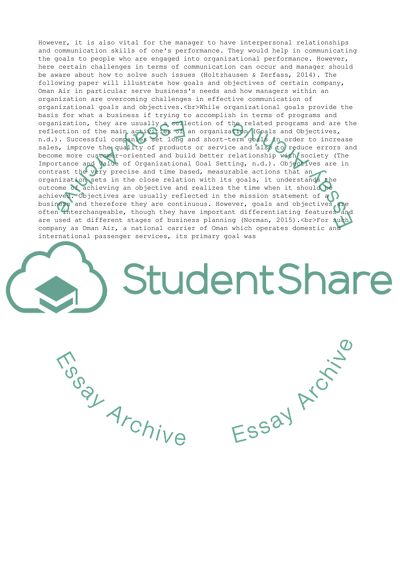Cite this document
(“Organisation Purpose, Structure, Stakeholders and Functional Areas Assignment”, n.d.)
Organisation Purpose, Structure, Stakeholders and Functional Areas Assignment. Retrieved from https://studentshare.org/management/1694194-organisation-purpose-structure-stakeholders-and-functional-areas
Organisation Purpose, Structure, Stakeholders and Functional Areas Assignment. Retrieved from https://studentshare.org/management/1694194-organisation-purpose-structure-stakeholders-and-functional-areas
(Organisation Purpose, Structure, Stakeholders and Functional Areas Assignment)
Organisation Purpose, Structure, Stakeholders and Functional Areas Assignment. https://studentshare.org/management/1694194-organisation-purpose-structure-stakeholders-and-functional-areas.
Organisation Purpose, Structure, Stakeholders and Functional Areas Assignment. https://studentshare.org/management/1694194-organisation-purpose-structure-stakeholders-and-functional-areas.
“Organisation Purpose, Structure, Stakeholders and Functional Areas Assignment”, n.d. https://studentshare.org/management/1694194-organisation-purpose-structure-stakeholders-and-functional-areas.


